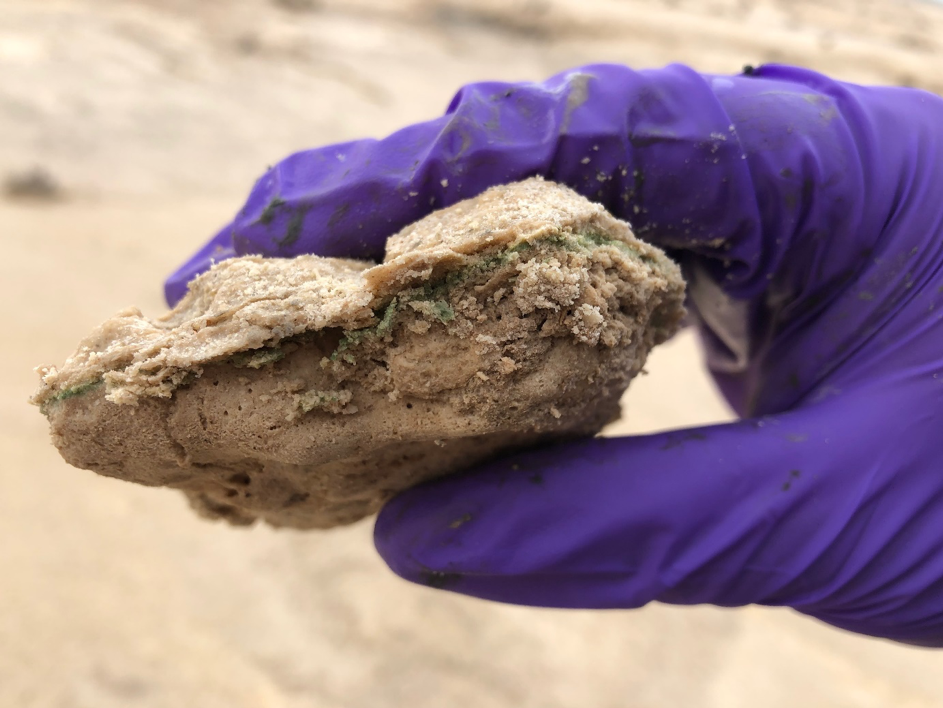NASA’s new discovery about weird findings related to the purple-colored rocks has intrigued the researchers about their origin. Scientists have mentioned that they have found such carbon signatures in samples taken by the Perseverance rover on Mars that may be associated with some sort of biological process. In other words, NASA’s statement could point towards signs of evidence of life on Mars.
The Perseverance rover found evidence of this mysterious coloring on rocks at almost every site the craft has visited on Mars, National Geographic reports. Furthermore, Ann Ollila, a geochemist at Los Alamos National Laboratory, who actually mentioned the purple rocks at a recent American Geophysical Union conference, told the magazine, “I don’t really have a good answer for you.”

Researchers are struggling a lot to know about the origin of the purple color on rocks and are continuing to analyze the coating. Some experts believe its chemical makeup could clue them in on ancient Mars. Researchers want to do more research as they are sure about this fact that as living organisms have created colored rock coatings on Earth, then there’s also some far-fetched probability that it could be an indication of life on the Red Planet – Mars. Those colors on the rocks of Mars appeared unique to the researchers as they have not seen them appear with such frequency before.
The fascinating theory is that ancient bacteria may have released methane into the atmosphere. UV rays then changed it into more complicated molecules, which would rain back down to the surface and be preserved in rocks.

“On Earth, processes that would produce the carbon signal we’re detecting on Mars are biological,” said Christopher House, lead author, and researcher at Penn State, in the statement.
Such conclusions and assumptions have led scientists to hope that the rocks can gradually be brought back to Earth where they would be able to analyze the cause of coloring and to reach a definitive conclusion.


